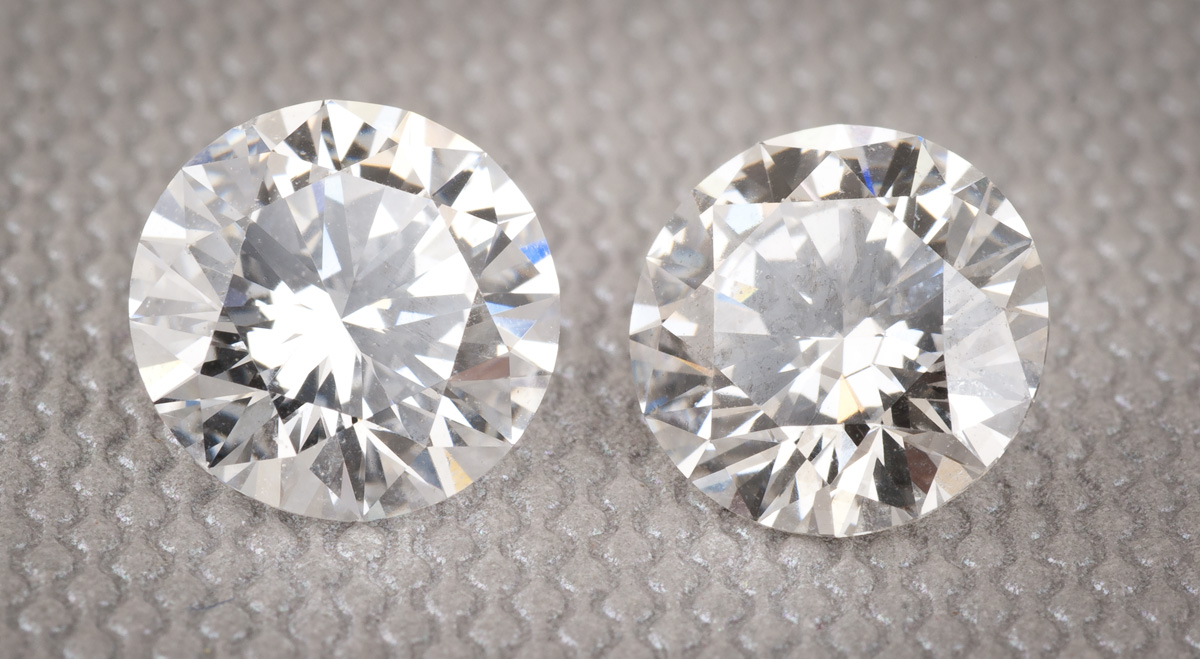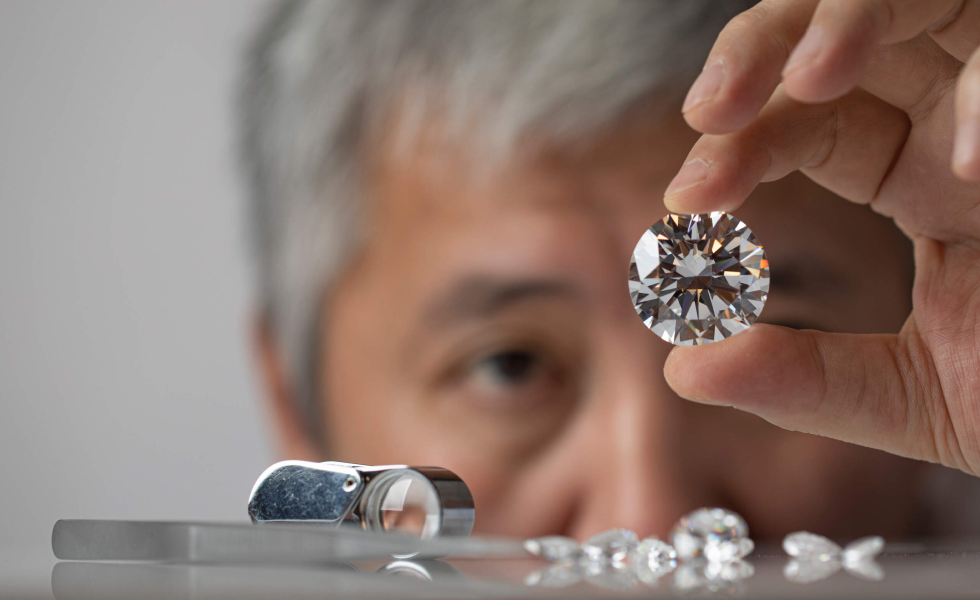Lab Grown Diamonds - The Facts
5 Easy Facts About Lab Grown Diamonds Explained
Table of ContentsHow Lab Grown Diamonds can Save You Time, Stress, and Money.Rumored Buzz on Lab Grown DiamondsGetting The Lab Grown Diamonds To WorkThe smart Trick of Lab Grown Diamonds That Nobody is Discussing
As you take a trip closer to the Planet's core, stress and temperature level rise, which creates the ideal oven for carbon to be exchanged ruby (diamonds are the only gemstone to be made from simply one element). With a large volcanic eruption, these diamonds were moved to the Planet's surface. It's approximated this process was relatively quick (most likely throughout numerous hours), which allowed the rubies to stay intact without melting.The short answer: carat weights gauge the mass of stones, karats measure the purity of gold. Carat weight: 1 carat amounts to 0.2 grams, concerning the weight of a paperclip (following time you see a picture of Mariah Carey's 35 carat engagement ring, just think of the concern of carrying 35 paper clips around your finger daily).

Below are a few of the key benefits of lab grown diamonds and laboratory grown up ruby jewelry:.
Things about Lab Grown Diamonds
Simply put, all-natural or earth-mined rubies are crafted over numerous years below the Planet's crust from pure carbon incorporated with stress and warmth. Developing diamonds in a laboratory calls for the exact same procedure, simply fine-tuned to happen over a much smaller time framework in a far more controlled setting.
Whereas earth-mined rubies are rare and finite and often tend to increase in cost with time, laboratory diamonds are easily available. As need surges, laboratories can remain to generate lab diamonds suggesting they are not restricted or scarce compared to natural diamonds. If you want fine jewelry from a financial investment perspective, like lab-grown diamond rings, they will not be a great fit for your needs.
They might think that the cons of lab-grown rubies exceed the pros. Problems, battles, and human rights concerns are all come together with the ruby market. That stated, the diamond market does give income to third-world countries. Some could say that, consequently, purchasing a lab-made diamond also includes its ethical factors to consider, as doing so takes income away from those associated with the natural ruby sector who might require it most.
Typical diamonds rely on the Planet's conditions to determine their quality or lack thereof. In a laboratory, suppliers can directly manage a ruby's high quality.
The smart Trick of Lab Grown Diamonds That Nobody is Discussing
You can easily find tinted, synthetic rubies on the (fairly) low-cost side as well as certain cuts that would certainly be costlier if you were shopping for an extracted diamond just. That hardly implies it isn't worth safeguarding.
natural rubies is that the latter is extracted from all-natural deposits in the Earth while the former is made in a laboratory using controlled settings. Their quality is mainly the exact same. While the difference in between lab-grown and all-natural diamond alternatives are very little when it comes to quality, some of the drawbacks of lab-grown diamonds include the truth that the stone will certainly decrease in time and, to some, an absence of nostalgic value that's typically connected with extracted diamonds
This cost distinction can be connected to the structured production process and the evasion of expenditures linked with traditional mining. The Controlled Environment in Which Laboratory Grown Diamonds Are Produced Enables for Constant High Quality.
Convenience in Layout - Laboratory Grown Diamonds Offer Designers and Consumers a Versatile Combination to Create Special and Innovative Jewelry Styles. the Controlled Growth Process Permits The Manufacturing of Diamonds in Different Shapes and Sizes. Lab Ruby Bands are the Most Famous Among Lab Ruby Precious Jewelry. Lab Diamonds Often Come with A More Transparent Supply Chain.
Unknown Facts About Lab Grown Diamonds
Market Perception - Despite Their Identical Physical Qualities, Laboratory Diamonds May Face Tests in Market Understanding. Some Customers Still Perceive Natural Diamonds as Having Greater Worth and Prestige. The Manufacturing of Lab-Grown Diamonds Can Be Energy-Intensive, Specifically in Methods Like High Stress Heat (hpht) and Chemical Vapor Deposition (cvd).
Natural Rubies Are Developed Over Numerous Years Deep Within the Planet, Contributing to Their Viewed Rarity. Lab-Grown Diamonds, get more info Regardless Of Their Similar Residence, Might Not Lug the Very Same Rarity Factor, Impacting Their Regarded Value for Some Customers. Influence On Diamond-Dependent Economic Climates - the Shift Towards Lab Grown Diamonds May Have Financial Effects for Nations and Areas that Depend on The Diamond Mining Sector.

Lab Rubies Are of Equal Quality to Natural Diamonds in Terms of Solidity, Sparkle, and Quality - Lab Grown Diamonds. Yes, Laboratory Diamonds Shimmer Simply Like All-natural Diamonds. Their Brilliance and Sparkle Are an Outcome of Their Cut and The Way Light Engages with Their Aspects.